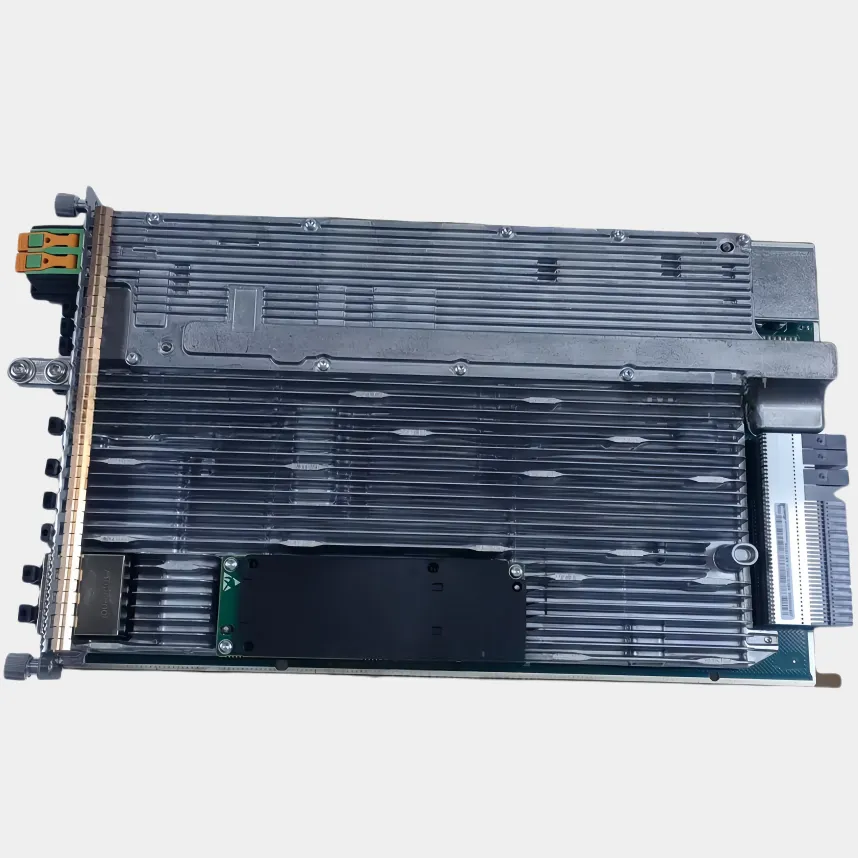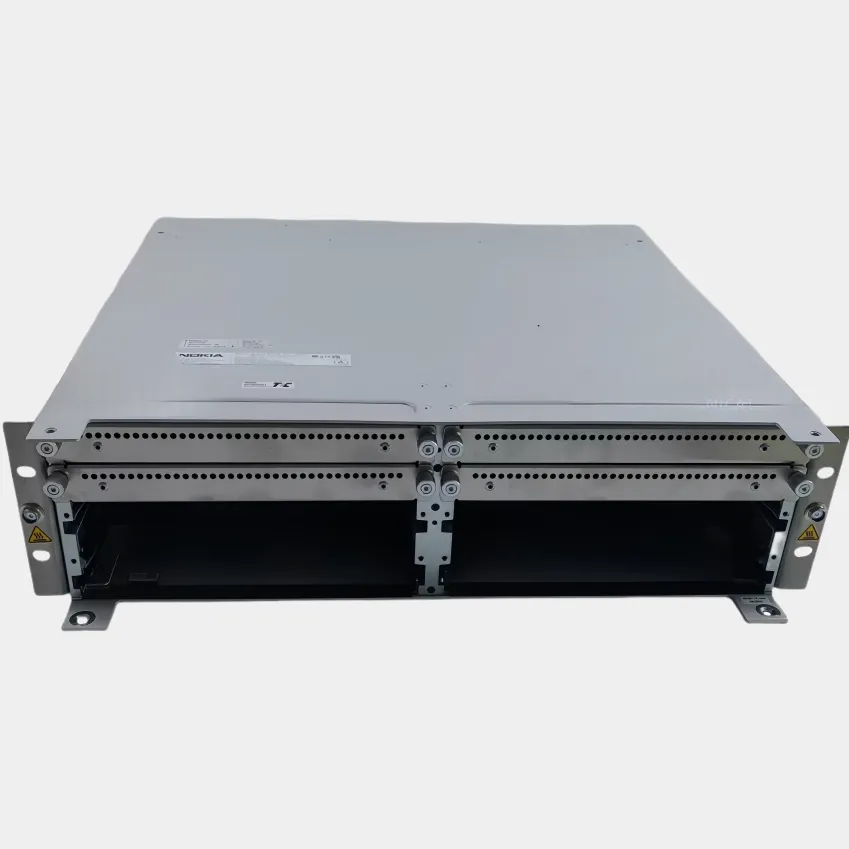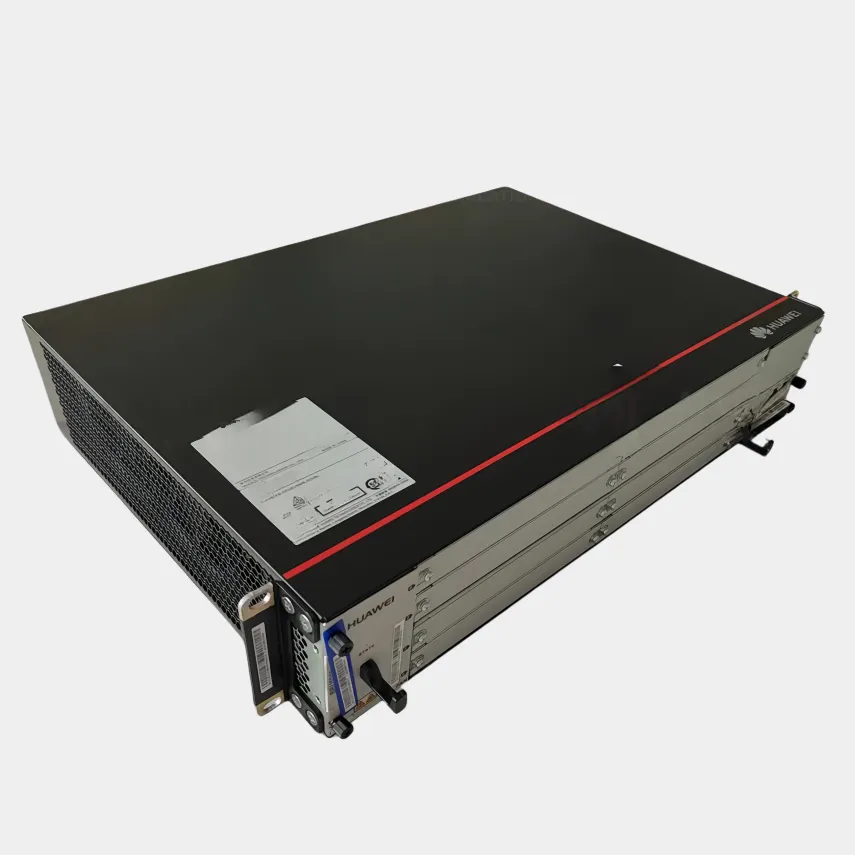BBU (Baseband Unit) software upgrades and maintenance are essential practices for ensuring the optimal performance, security, and compatibility of BBUs in wireless communication networks. As the brain of the base station, the BBU relies on software to manage baseband processing, network protocols, and coordination with other network elements such as RRUs (Remote Radio Units), making regular software updates and maintenance critical to network functionality. Software upgrades for BBUs typically involve installing new firmware or software versions that introduce new features, enhance performance, and address security vulnerabilities. These upgrades may include improvements to signal processing algorithms, support for new wireless standards (such as 5G NR enhancements), or optimizations for better energy efficiency. For example, an upgrade might enable the BBU to handle higher data throughput or reduce latency, improving the user experience for applications like video streaming or online gaming. The upgrade process is carefully planned to minimize network downtime, often conducted during off peak hours using techniques such as hitless upgrades, where the BBU remains operational while the software is updated. This ensures that service disruption is kept to a minimum, which is crucial for maintaining high quality communication services. Maintenance activities for BBU software include regular health checks, log analysis, and bug fixes. Network operators use centralized management tools to monitor the software status of BBUs, checking for error logs, performance degradation, or compatibility issues with other network components. By analyzing this data, operators can identify and resolve software related problems, such as memory leaks or protocol errors, before they affect network performance. Another important aspect of BBU software maintenance is ensuring compliance with regulatory requirements and industry standards. Software updates may be necessary to meet new security protocols or interoperability guidelines, ensuring the network remains secure and compatible with other systems. Additionally, maintenance includes backing up software configurations to prevent data loss in case of hardware failures or upgrade errors, enabling quick recovery and restoration of service. Regular software upgrades and maintenance also extend the lifespan of BBUs, allowing them to adapt to evolving network demands and support new technologies without the need for immediate hardware replacement. This reduces capital expenditure and ensures the network remains competitive in a rapidly changing telecommunications landscape. Overall, a proactive approach to BBU software upgrades and maintenance is essential for maintaining a reliable, secure, and high performance wireless communication network.


